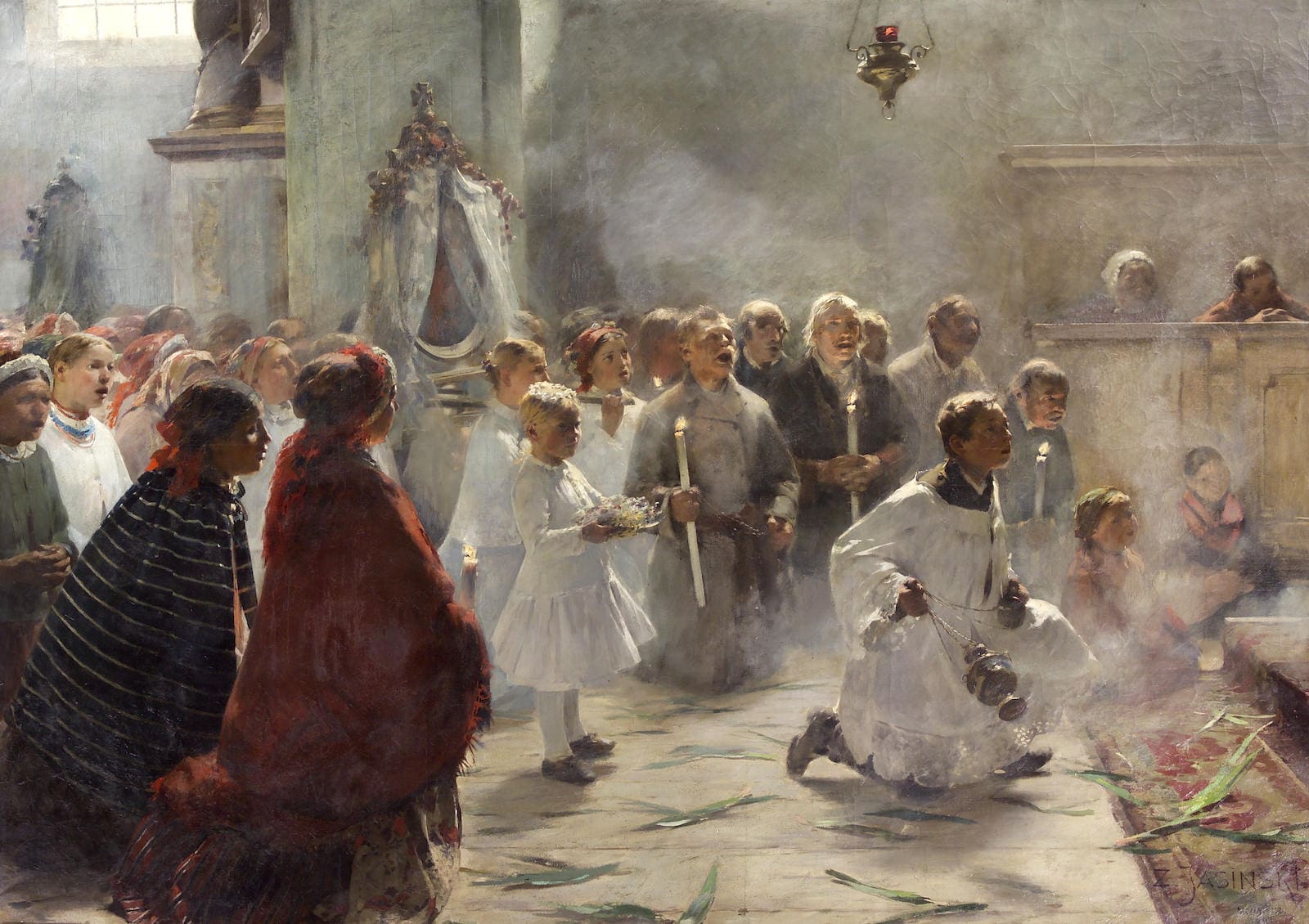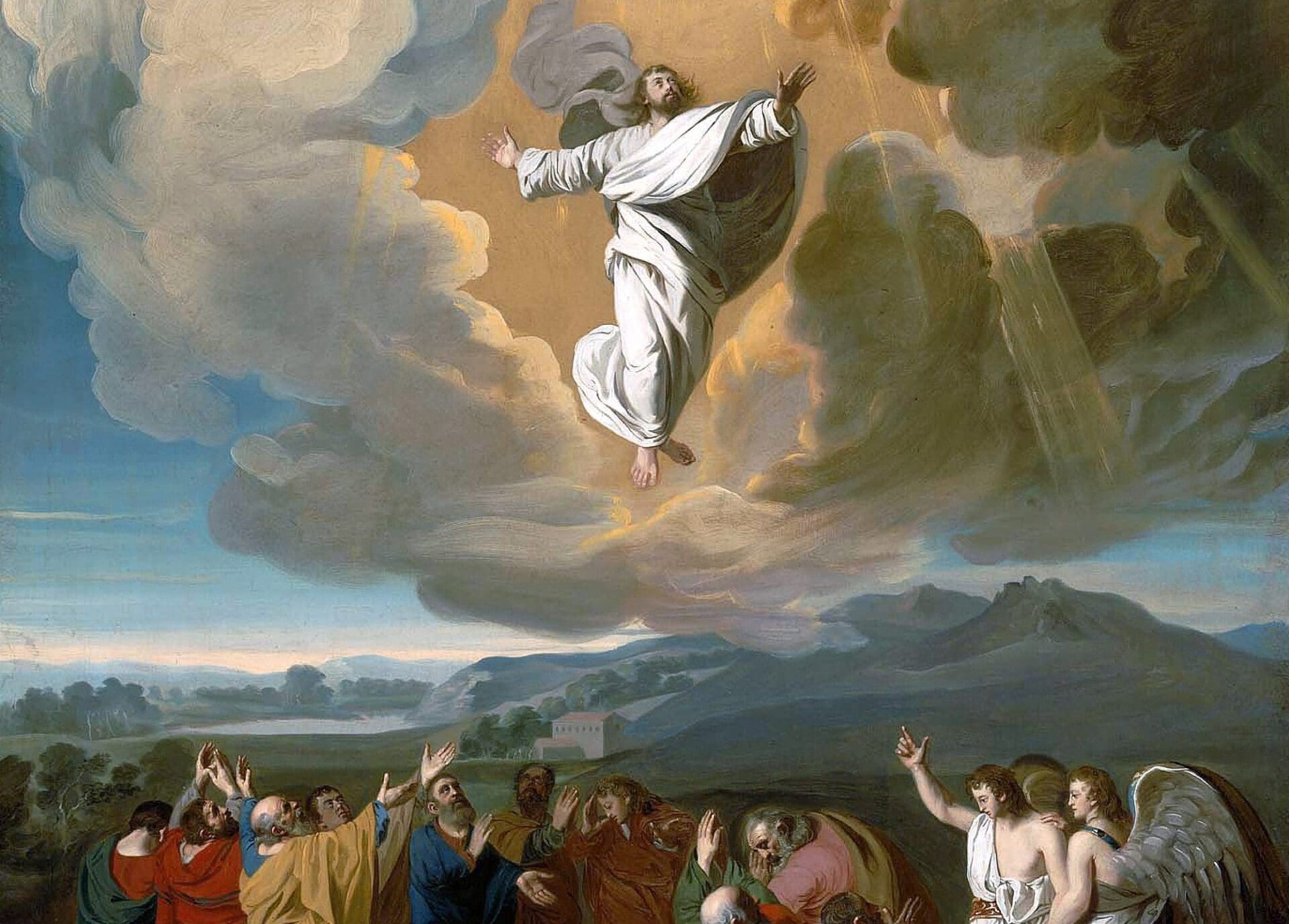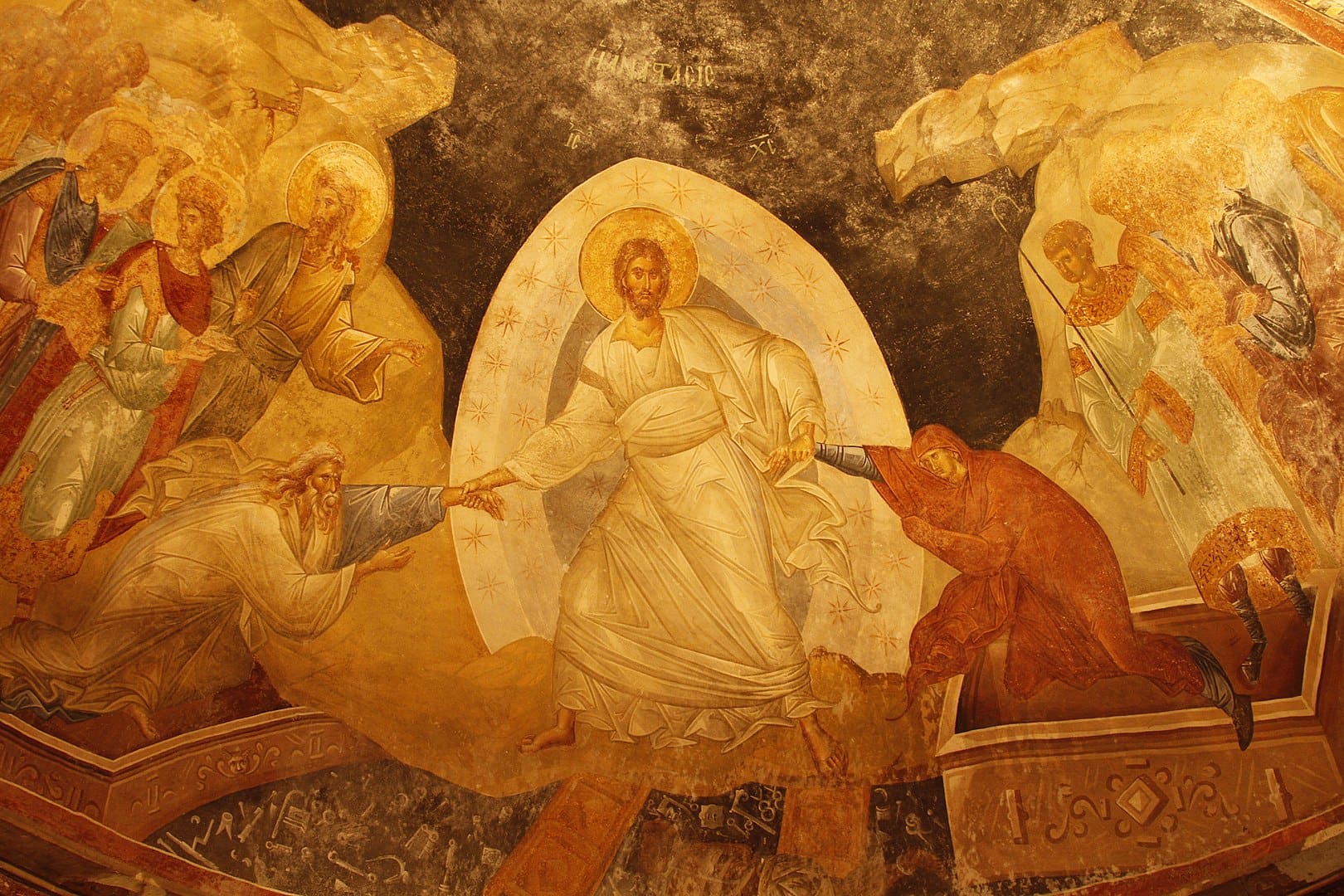The suspension of the public celebration of Mass during the period of the COVID-19 pandemic has posed enormous challenges for society and for the Church. For the Church, how will its worship continue if the faithful are unable to join their pastors? This question is especially poignant during Holy Week, the most solemn week of the year, when the Paschal Mystery is remembered and made present is so many vivid ways. At this point, it appears unlikely that the ceremonies of Holy Week will take place in any kind of public way. If they take place at all, participation will most likely be limited to a maximum of 10 persons or even fewer, depending on local restrictions. Given these constraints, what are pastors to do? Certainly, the worship of God and intercession for the world must continue despite the circumstances. But where does one even begin to plan for Holy Week ceremonies knowing that it will be impossible to celebrate them as usual? This post is the first of a series attempting to provide some guidance to parish priests as they plan ahead for Holy Week under conditions they never could have imagined. The series begins with Palm (Passion) Sunday, the opening day of Holy Week. It takes into account two decrees by the Congregation for Divine Worship and the Discipline of the Sacraments, one dated March 19, 2020, and the other dated March 25, 2020, which specify simpler forms for Holy Week and limit these celebrations to cathedrals and parish churches.
The Roman Missal provides three different forms for the beginning of Mass on Palm Sunday: the Procession, the Solemn Entrance, and the Simple Entrance. For cathedral churches, the Congregation’s decree of March 25 mandates the use of the second form, the Solemn Entrance (Roman Missal: Palm Sunday, 12-15); it prohibits a procession which begins outside the cathedral itself, the first form (Roman Missal: Palm Sunday, nos. 2-11). The Congregation directs parishes to use of the third form, the Simple Entrance (Roman Missal: Palm Sunday, 16-17), in those areas where the bishop or the civil authorities will not permit congregations of any size to gather for the liturgy for the sake of preserving public health and safety. If there are any regions of the world where such prohibitions have not been issued, or have been lifted prior to Palm Sunday, obviously the Congregation’s directive would not apply. The Palm Sunday celebrations are authorized to take place in cathedrals and parish churches without the participation of the faithful if necessary, and avoiding, though not entirely forbidding, concelebration.
In the case of cathedral churches (and those few parish churches were the congregation is free to assemble even in reduced numbers), since few servers will be available, the celebrant may want to place the Missal on a stand in an attached social hall, or in the narthex, or in a daily Mass chapel, or even at the side altar where the solemn entrance will begin. He could place the holy water on a table along with the palms to be blessed. A second Missal can be available in the sanctuary. Since an actual procession is taking place, it would be best to use a processional cross, veiled or not, decorated with palms. Normally, incense is used in the procession; that may or may not be possible according to the circumstances. There may not be sufficient servers to carry candles with the processional cross. The Book of the Gospels, if used, can be placed on the altar ahead of time. Otherwise, the blessing of palms and the reading of the Gospel of the Lord’s entry into Jerusalem take place as indicated. There may or may not be singing to accompany the entrance of the faithful and the ministers to the main body of the church and to the sanctuary. If there is no singing, one or more of those present could recite Psalm 24 or Psalm 47, as indicated in the missal (9), for the duration of the procession.
Parishes where no congregation of the faithful is permitted to gather have been instructed to follow the third form of the beginning of Mass on Palm Sunday, the Simple Entrance (Roman Missal: Palm Sunday, 16-17). This form is designed for situations where neither the Procession nor the Solemn Entrance can take place. According to the Simple Entrance, Mass on Palm Sunday begins in exactly the same manner as Mass on any other day. In this case, the celebrant will be sure to read the entrance antiphon at the beginning of the Mass (Roman Missal: Palm Sunday, 18). The entrance antiphon on Palm Sunday is particularly important since it recalls Christ’s triumphal entry into Jerusalem. The celebrant will read the entrance antiphon at the chair, either before making the sign of the Cross, or even after making the sign of the Cross and greeting the ministers, if present (GIRM, 48), and before introducing the Penitential Act.
This third form of the beginning of the Palm Sunday Mass, the Simple Entrance, does not include the blessing of palms or any kind of procession at its start. This raises a question: What about the palms? Pastors may want to distribute palms to their parishioners in a safe and sanitary way in order to at least provide this sacramental when so many other forms of parish service are currently prohibited. That is a praiseworthy goal. Pastors should proceed to provide blessed palms to their parishioners if their bishop allows it and if it can be done without spreading infection. But it would be best to bless the palms designated for this purpose outside Mass when Palm Sunday begins with the Simple Entrance. In that case, the priest could bless the palms according to the provisions of the Book of Blessings, Chapter 44, entitled “Order for the Blessing of Religious Articles.” Nonetheless, a celebrant may want to substitute some lines from the Scriptures from the Palm Sunday Mass for the more generic reading and psalm indicated in the order of blessing. According to directions given years ago from the Congregation for Divine Worship, the priest should add the sign of the Cross at the conclusion of the prayer of blessing itself. Indeed, the priest could even use the blessing texts found in the Roman Missal for Palm Sunday. Finally, there is nothing to prohibit him from sprinkling the blessed palms with holy water at the conclusion since that is normally done at the blessing of palms during Mass. This blessing of palm branches outside of Mass could take place at any time on Palm Sunday, whether before or after Mass, or even on a day prior to Palm Sunday whenever making preparations for the weekend. It could take place in the sacristy, or in a chapel, or at a side altar, or in the narthex, or in some other location—for example in the place where the palms will in fact be made available to the public on Palm Sunday weekend. The priest could be assisted by one member of the faithful for this blessing. It should be noted that there is no need to bless palms at all if no procession is taking place at the beginning of Mass on Palm Sunday or if blessed palms are not going to be made available to the faithful in some way eventually.
As for Mass itself, regardless of the way it begins, a number of simplifications are possible. If only one server or only one reader is present, the rest of Mass follows the provisions of the General Instruction entitled “Mass at which only one minister participates” (GIRM, 252-272). In this case, the celebrant gives the blessing but omits the dismissal formula at the end of Mass (GIRM, 272). If the priest celebrates without the assistance of any ministers, then “the greetings, the instructions, and the blessing at the end of Mass are omitted” (GIRM, 254). All the readings provided in the Missal must be used on Palm Sunday (Cf. Lectionary for Mass no. 38) when Mass is celebrated without a congregation. The psalm could be read without any intervening response; this is always possible in every form of Mass (GIRM, 61). The Verse before the Gospel could also be read without repeating its associated acclamation if there is no singing (GIRM, 62). The celebrant could read the Verse before the Gospel upon arriving at the ambo to proclaim the Passion, or it could be read by others while he makes his way to the ambo. The celebrant is free to choose the long or short version of the Passion. He or the deacon can be the sole reader of the Passion; it is not required that the Passion be read in distinct parts or voices. No incense or candles are permitted to accompany the reading of the Passion in any event. Finally, each of the intentions of the faithful could be followed by silence, rather than a spoken or sung response (GIRM, 71). According to the recent decree of the Congregation, and the existing practice in many dioceses in recent weeks, the sign of peace is omitted.
Palm Sunday Mass celebrated in any of the ways just described will no doubt be a disappointment to many priests. But it represents what is possible and feasible under the circumstances. The fact that it will take place will be a source of immense consolation and inspiration to the people of God, even if they are unable to be present physically. By publicizing the time of Mass, and ringing the church bell at the beginning of Mass, they can be invited to participate spiritually at least. On that day and at that time, God will be worshipped. Intercession will be made for suffering humanity. Thanksgiving will be offered for the blessings which remain. These are no small achievements in themselves.



